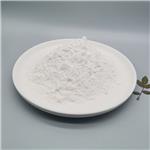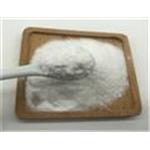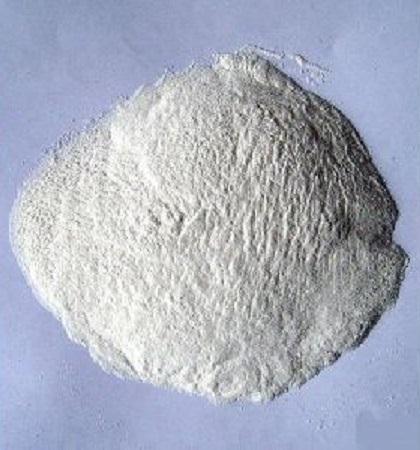Mechanism and side effects of Quinine
Quinine is a medication used to treat malaria and babesiosis.This includes the treatment of malaria due to Plasmodium falciparum that is resistant to chloroquine when artesunate is not available.While sometimes used for nocturnal leg cramps, quinine is not recommended for this purpose due to the risk of serious side effects.It can be taken by mouth or intravenously.Malaria resistance to quinine occurs in certain areas of the world.Quinine is also the ingredient in tonic water that gives it its bitter taste.

Uses
Quinine is used to treat uncomplicated malaria, a disease caused by parasites. Parasites that cause malaria typically enter the body through the bite of a mosquito. Malaria is common in areas such as Africa, South America, and Southern Asia.
Quinine will not treat severe forms of malaria, and it should not be taken to prevent malaria.
Mechanism of action
Quinine is used for its toxicity to the malarial pathogen, Plasmodium falciparum, by interfering with the parasite's ability to dissolve and metabolize hemoglobin.As with other quinoline antimalarial drugs, the precise mechanism of action of quinine has not been fully resolved, although in vitro studies indicate it inhibits nucleic acid and protein synthesis, and inhibits glycolysis in P. falciparum.The most widely accepted hypothesis of its action is based on the well-studied and closely related quinoline drug, chloroquine.
This model involves the inhibition of hemozoin biocrystallization in the heme detoxification pathway, which facilitates the aggregation of cytotoxic heme.[medical citation needed] Free cytotoxic heme accumulates in the parasites, causing their deaths.Quinine may target the malaria purine nucleoside phosphorylase enzyme.
Biosynthesis
In the first step of quinine biosynthesis, the enzyme strictosidine synthase catalyzes a stereoselective Pictet–Spengler reaction between tryptamine and secologanin to yield strictosidine.Suitable modification of strictosidine leads to an aldehyde. Hydrolysis and decarboxylation would initially remove one carbon from the iridoid portion and produce corynantheal. Then the tryptamine side-chain were cleaved adjacent to the nitrogen, and this nitrogen was then bonded to the acetaldehyde function to yield cinchonaminal.
Ring opening in the indole heterocyclic ring could generate new amine and keto functions. The new quinoline heterocycle would then be formed by combining this amine with the aldehyde produced in the tryptamine side-chain cleavage, giving cinchonidinone. For the last step, hydroxylation and methylation gives quinine.
Side effects
Common side effects include headache, ringing in the ears, trouble seeing, and sweating.More severe side effects include deafness, low blood platelets, and an irregular heartbeat.Use can make one more prone to sunburn.While it is unclear if use during pregnancy causes harm to the baby, treating malaria during pregnancy with quinine when appropriate is still recommended.Quinine is an alkaloid, a naturally occurring chemical compound.How it works as a medicine is not entirely clear.
Related articles And Qustion
See also
Lastest Price from Quinine manufacturers

US $0.00-0.00/kg2025-10-17
- CAS:
- 130-95-0
- Min. Order:
- 0.1kg
- Purity:
- 99.9
- Supply Ability:
- 2000kgs/month

US $10.00/ASSAYS2025-05-04
- CAS:
- 130-95-0
- Min. Order:
- 1ASSAYS
- Purity:
- 99%
- Supply Ability:
- 10 ton




